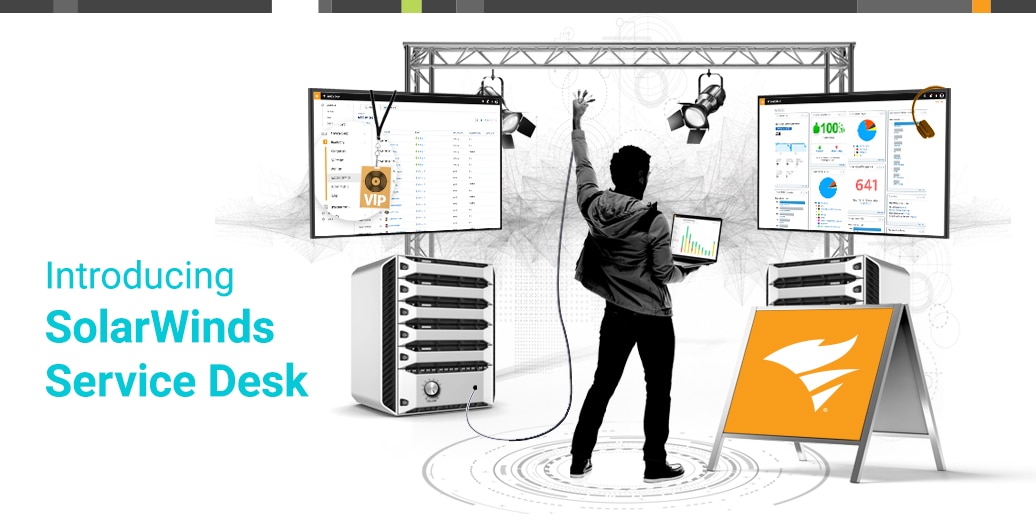Smart ITSM From a Smart Service Desk
ITSM is not static. In fact, the ITSM industry is in a near-constant state of growth and flux. Artificial intelligence or machine learning, as it is implemented across the ITSM industry, will drive the next iteration of the service desk. Smart ITSM, delivered by a smart service desk, will utilize automation and self-guided processes to drive employee satisfaction, knowledge management efforts, and change management, as well as incident and problem management. Driving service desk capabilities with artificial intelligence, and utilizing smart chatbots and automation to increase both efficiency and employee satisfaction are fast becoming mandatory core components of service success across the industry. Through the implementation of AI in a variety of core areas of the operation of the service desk, industry-leading organizations are forging a new path to the future of smart ITSM.Five Core Areas That Make for Smart ITSM
As Brendan Cooper wrote in his post Five Smart Service Desk Features to Implement, there are certain things that a smart service desk simply cannot do without. These five features point to five core areas that make up a smart service desk.- Automated Ticket Routing
- Automation, especially with easily automated tasks like ticket routing, is a great way to put the power of automation to work. This will, in turn, free up service desk team members for tasks that cannot be automated, while improving service efficiency.
- Suggested Categories and Subcategories
- Self-Guided Processes – AI can do a terrific job of routing tickets, but a system (even an intelligent one) only works as well as the information that it has been provided with. That’s why providing requester’s with intelligently suggested categories and subcategories to guide their requests is so important. Another way to guide users through the system is through the effective use of chatbots.
- Suggested Solutions to Providers AND Requesters
- Knowledge Management – The work that you’ve put into your knowledge base needs to shine through, and one fantastic way to make that happen is to provide agents and requesters with direct access to knowledge articles and solutions through suggested solutions powered by AI.
- Related Configuration Items in the CMDB
- Incident, Problem, and Change Management – The importance of effective change management to a smart service desk cannot be overstated. Through the optimal usage of tools like CMDB, organizations can utilize AI to find patterns and relationships that can provide insight and direction in the constant effort to provide adequate incident, problem, and change management solutions.
- Sentiment Analysis
- Continued Growth as an organization is not just something to aspire to as a best practice; it is also a necessary component of effectively doing the job of a smart ITSM solution. One way to measure and drive that growth is through “taking the temperature” — using AI to assess employee satisfaction and looking for ways to drive continuous improvement in performance across all aspects of the service desk.
The Ever-Evolving Smart Service Desk
The goal is not so much to build a smart service desk that delivers a completely turnkey automated solution to every incident, problem, or service request, as it is to put better systems in place. These systems are there to help IT manage an ever-evolving service desk that delivers smart ITSM in a dynamic manner in order to continuously improve over time and as new demands arise. The benefits to the IT team and the organization as a whole are numerous and well worth the effort. To learn more about automation & ITSM, read more on this blog.







